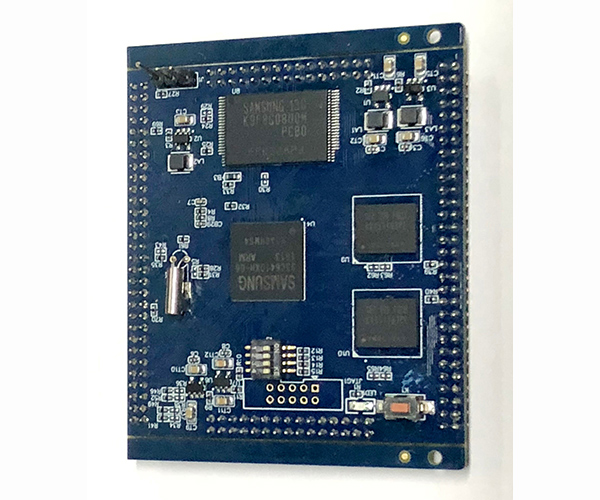In high-speed PCB design, the application of differential signal (DIFferential Signal) is becoming more and more extensive, and the most critical signal in the circuit is often designed with a differential structure.
Why is it so? Compared with ordinary single-ended signal routing, differential signals have the advantages of strong anti-interference ability, effective suppression of EMI, and precise timing positioning.
Differential signal PCB wiring requirements
On the circuit board, the differential traces must be two lines of equal length, equal width, close proximity, and on the same level.
Isometric:
Equal length means that the length of the two lines should be as long as possible, in order to ensure that the two differential signals maintain opposite polarities at all times. Reduce common mode components.

Equal width, equal distance:
Equal width means that the trace widths of the two signals need to be kept the same, and equal distance means that the spacing between the two lines should be kept constant and parallel.
Minimum change in impedance:
When designing a PCB with differential signals, one of the most important things is to find out the target impedance of the application, and then plan the differential pairs accordingly. In addition, keep the impedance change as small as possible. The impedance of the differential line depends on factors such as trace width, trace coupling, copper thickness, and PCB material and stackup. When you try to avoid anything that changes the impedance of a differential pair, consider each of them.
Common mistakes
01 Misunderstanding 1
It is considered that the differential signal does not need a ground plane as a return path, or that the differential traces provide a return path for each other.
The reason for this misunderstanding is that they are confused by superficial phenomena, or the mechanism of high-speed signal transmission is not deep enough. Differential circuits are insensitive to similar ground and other noise signals that may exist on the power and ground planes. The partial return cancellation of the ground plane does not mean that the differential circuit does not use the reference plane as the signal return path. In fact, in the signal return analysis, the mechanism of differential wiring and ordinary single-ended wiring is the same, that is, high-frequency signals are always Reflow along the loop with the smallest inductance. The biggest difference is that in addition to the coupling to the ground, the differential line also has mutual coupling. Which kind of coupling is strong, and which one becomes the main return path.
In PCB circuit design, the coupling between differential traces is generally small, often only accounting for 10-20% of the coupling degree, and more is the coupling to the ground, so the main return path of the differential trace still exists on the ground plane . When there is a discontinuity in the ground plane, the coupling between the differential traces in the area without a reference plane will provide the main return path, although the discontinuity of the reference plane has no impact on the differential traces on the ordinary single-ended traces It is serious, but it will still reduce the quality of the differential signal and increase EMI, which should be avoided as much as possible.
In addition, some designers believe that the reference plane under the differential trace can be removed to suppress part of the common mode signal in differential transmission. However, this approach is not desirable in theory. How to control the impedance? Not providing impedance loops for common-mode signals will inevitably cause EMI radiation. This approach does more harm than good.
02 Misunderstanding 2
It is believed that keeping equal spacing is more important than matching the line length.
In actual PCB layout, it is often not possible to meet the requirements of differential design at the same time. Due to the existence of factors such as pin distribution, vias, and wiring space, the purpose of line length matching must be achieved through proper winding, but the result must be that some areas of the differential pair cannot be parallel. The most important rule in the design of PCB differential traces is the matching line length. Other rules can be flexibly handled according to design requirements and actual applications.
03 Misunderstanding Three
It is believed that the differential traces must be very close.
Keeping the differential traces close is nothing more than to enhance their coupling, which can not only improve immunity to noise, but also make full use of the opposite polarity of the magnetic field to offset electromagnetic interference to the outside world. Although this approach is very beneficial in most cases, it is not absolute. If we can ensure that they are fully shielded from external interference, then we do not need to use strong coupling to achieve anti-interference. And the purpose of suppressing EMI.
How can we ensure good isolation and shielding of differential traces? Increasing the spacing with other signal traces is one of the most basic ways. The electromagnetic field energy decreases with the square of the distance. Generally, when the line spacing exceeds 4 times the line width, the interference between them is extremely weak. Can be ignored.
In addition, isolation by the ground plane can also play a good shielding role. This structure is often used in high-frequency (above 10G) IC package PCB design. It is called a CPW structure, which can ensure strict differential impedance. control.